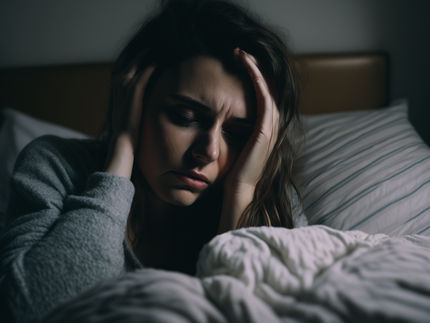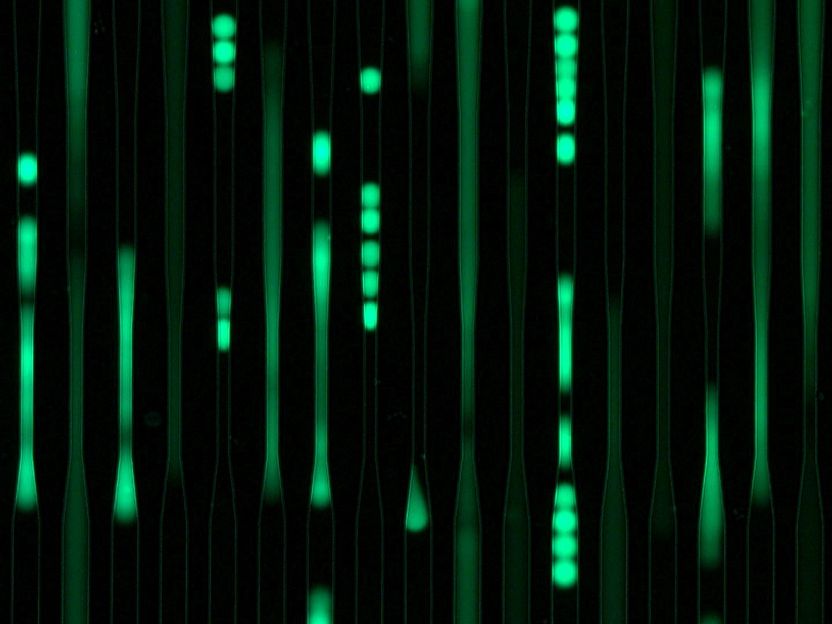ATI Neurostimulation System shown to be effective in treating cluster headache
Results of a multi-centre European study
Advertisement
Autonomic Technologies, Inc. (ATI) announced results of their clinical study in cluster headache. The ATI Neurostimulation System includes a novel, miniaturized device that is implanted using oral surgery, leaving no externally visible scars. When the patient feels a cluster attack beginning, they hold a remote controller up to their cheek to begin the neurostimulation therapy.
The study showed that the ATI Neurostimulation System demonstrated clinical effectiveness in treating cluster headache, and provided significant improvement in patient quality of life and headache disability. Pain relief at 15 minutes was achieved in 67.1% of treated attacks compared to 7.4% of sham treated attacks (p<0.0001)
- Pain freedom at 15 minutes was achieved in 34.1% of treated attacks compared to 1.5% of sham treated attacks (p<0.0001)
- The average number of cluster attacks per week was reduced by 31% (p=0.005), and 43% of patients experienced an average reduction of 88% in the number of attacks suffered
- 64% of patients experienced clinically significant improvement in headache disability (HIT-6)
- 75% of patients experienced clinically significant improvements in quality of life (SF-36v2 physical and/or mental component scores)
- Acute rescue medications were used in only 31.0% of treated attacks compared to 77.4% of sham treated attacks (p<0.0001), a reduction of 60%
- The ATI Neurostimulation System was well tolerated, and side effects were comparable to other similar surgical procedures and tended to be transient
Cluster headache is one of the most painful types of headache. Patients may experience multiple attacks daily or almost daily, associated with excruciating pain typically in the area of one eye. Each attack can last between 15 minutes and three hours. Often called 'suicide headaches' because of their severity, it is estimated that over 600,000 people across Europe suffer from cluster headaches.
"Cluster headaches cause so much disability that patients are often unable to function normally," said Prof. Dr. Jean Schoenen, Full Professor of Functional Neuroanatomy and coordinator of the Headache Research Unit at University of Liege in Liege, Belgium. "Current preventive treatments are often ineffective, and in many patients acute and preventive treatments may not be tolerated or are contraindicated. This new and innovative therapy offers a way for a significant number of patients to control the debilitating pain of cluster headache."
"The ATI Neurostimulation System is well tolerated and can be used as often as needed, without daily limitations or stimulation-induced side effects", said Prof. Dr. Rigmor Hoejland Jensen, Director of the Danish Headache Center at Glostrup Hospital in Denmark. "Based on the results of the study, this new treatment option offers a significant improvement in quality of life to the majority of patients."
The ATI Neurostimulation System works by stimulating the sphenopalatine ganglion (SPG), a nerve bundle deep in the face that for years has been shown to play an important role in cluster headache.
"For years clinicians have targeted the SPG to relieve severe headache, primarily by applying anesthetics and other agents to achieve a nerve block," said Prof. Dr. Arne May, Neuroscientist at the University Hospital Hamburg-Eppendorf and First Vice President of the German Migraine and Headache Society. "This study provides clear evidence that SPG stimulation is a feasible and effective therapy for the treatment of cluster headache."
Original publication
Schoenen J et al. Stimulation of the sphenopalatine ganglion (SPG) for cluster headache. Pathway CH-1: A randomized sham-controlled study. 2013, Cephalalgia


























































